Balancing work, family, leisure activities and personal commitments is a constant challenge for many of us.
And it turns out we’re lagging behind the rest of the world when it comes to finding the right work-life balance.
In our latest Real Life Parenting Dilemma, we spoke to parents struggling with the demands of modern life.
Phrases like “keeping sane”, “highly strung”, “logistical nightmare” and “chaos” came up frequently.
The latest figures from the OECD Better Life Index provide statistical proof that working parents have it tougher than ever before.
The index weighs up 11 areas which affect people’s wellbeing: housing, income, jobs, community, education, environment, governance, health, life satisfaction, safety, and work-life balance.
27 countries have a better work-life balance than us
Each of these areas have their own ranking. As far as work-life balance is concerned, the Top 5 countries are:
1. Italy
2. Denmark
3. Norway
4. Spain
5. Netherlands
Other countries that made the Top 10 were France, Sweden, Germany, Russia and Belgium.
The UK has plummeted in recent years, currently sitting in 28th place. It has fallen five places in five years.
This is partly explained by the fact that the percentage of Brits working ‘very long hours’ (50 hours or more a week) is now higher than the OECD average (10.8% compared to 3.3% in Italy and 1.1% in Denmark).
Italians have an hour and a half more free time every day
The index also measures how many hours per day people are able to devote to leisure and personal care. This includes sleeping and eating. In the UK it stands at 14.9 hours – over an hour and half less than Italians.
Our investigation into the work-life balance looked at the difficulties of juggling childcare and a career.
Certain countries, particularly in Scandinavia (which has two countries in the top five and three in the top 10), have very progressive paternal leave and childcare policies.
The Press and Journal recently investigated the system in Sweden, where parents are entitled to 480 days of paid parental leave. Sweden also has heavily subsidised childcare, making it easier for parents to maintain a career.
Much has improved for parents in this country over the years. But clearly, there is room for significant improvement.
More from the Schools and Family team
We need to talk about Balmedie: Where are hundreds of extra kids going to be taught?
School league tables 2022: Which schools made the grade?
A new way of schooling: Teaching kids who are too anxious to leave the house
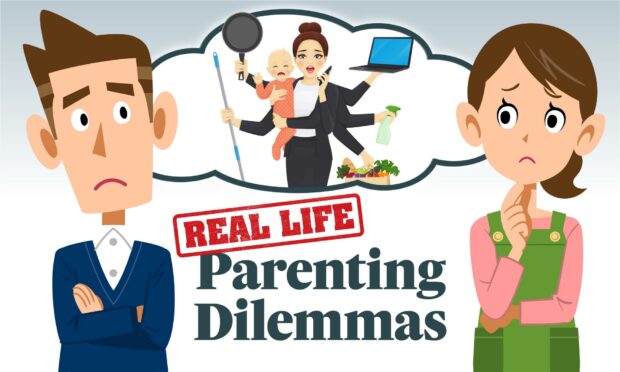
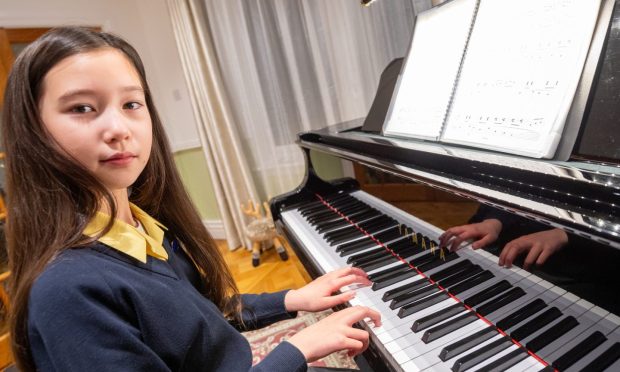
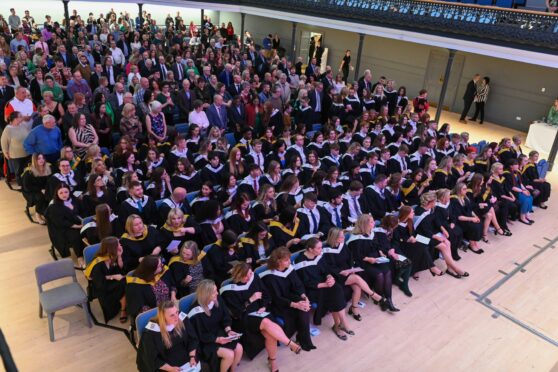

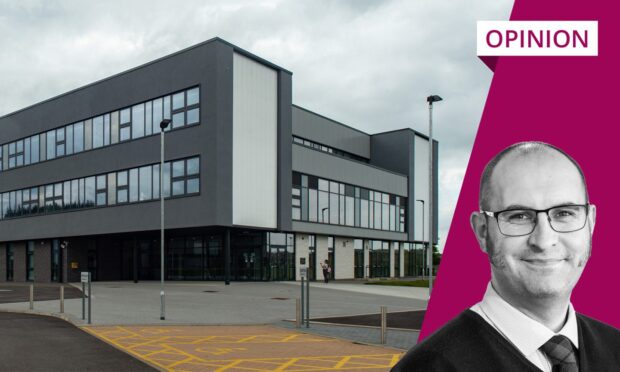
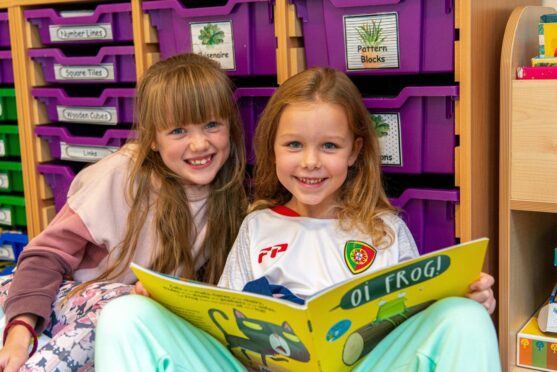
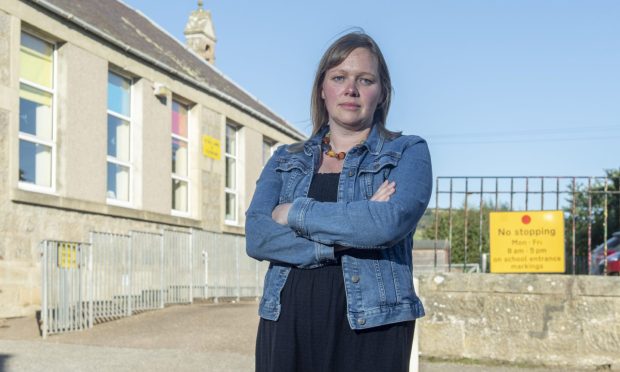
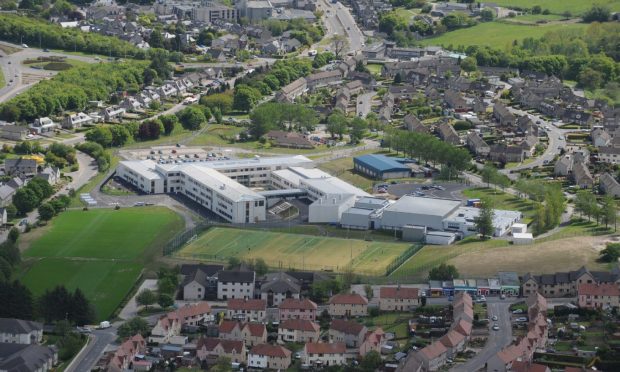
Conversation